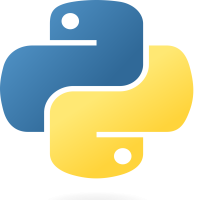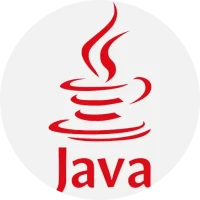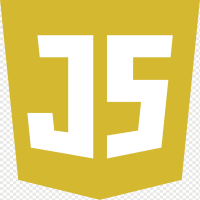
Python - Date and Time
09-Jan-2024Explore the intricacies of working with date and time in Python. Learn how to manipulate dates, perform calculations, and handle time zones, providing essential skills for effective time-related operations in your Python programs.
Introduction
Mastering the intricacies of date and time in Python is pivotal for applications dealing with scheduling, events, or any temporal aspects. This documentation provides insights into fundamental concepts and practical techniques for handling dates and times.
1. The 'datetime' Module Basics
1.1. Importing the 'datetime' Module
The 'datetime' module is your temporal toolkit in Python. Start by importing it along with its related entities.
from datetime import datetime, date, time
1.2. Current Date and Time
Fetch the current date and time effortlessly using `datetime.now()`.
current_datetime = datetime.now()
print("Current Date and Time:", current_datetime)
1.3. Date Components Exploration
Unearth specific components of a date, including year, month, and day.
# Extracting year, month, and day from current_datetime
year = current_datetime.year month = current_datetime.month day = current_datetime.day
# Displaying the extracted components print("Year :", year, "Month :", month, "Day :", day)
1.4. Crafting Formatted Temporal Representations
Craft visually appealing date and time strings with the `strftime` method.
# Formatting and displaying the current date and time
formatted_date = current_datetime.strftime("%A, %B %d, %Y %I:%M %p")
print("Formatted Date:", formatted_date)
2. Time Travel: Date Arithmetic
Conduct temporal arithmetic operations such as adding or subtracting days with ease.
# Calculating the date a month from now
from datetime import timedelta
next_month = current_datetime + timedelta(days=30) print("Date a month from now:", next_month)
3. The Rhythm of Time: Working with Time
3.1. Creating Time Objects
Construct `time` objects to encapsulate specific moments within a day.
# Creating a specific time
from datetime import time
specific_time = time(18, 45, 0) print("Specific Time:", specific_time)
3.2. Harmonizing Dates and Times
Blend date and time entities harmoniously to represent precise temporal points.
# Creating a specific datetimefrom datetime import datetime, date, time
specific_datetime = datetime.combine(date(2023, 8, 15), time(12, 0, 0)) print("Specific DateTime:", specific_datetime)
Conclusion
Navigating the temporal dimensions in Python empowers you to orchestrate events, schedules, and more. Embrace the capabilities of the `datetime` module, adapt these examples to your unique scenarios, and elevate your Python applications that traverse the realms of time.


